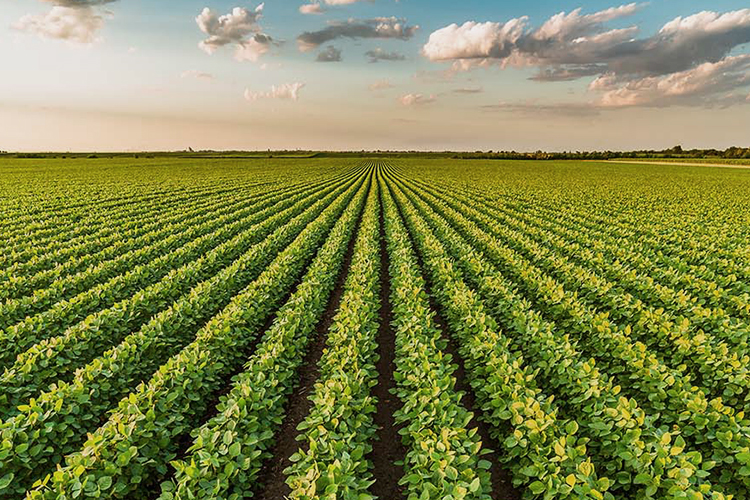Indigenous Farming Facts for Sustainable Agriculture

Indigenous farming is a treasure trove of wisdom, where time-tested practices have harmonized with the land for generations. In this blog, we delve into the enriching realm of indigenous knowledge, exploring how traditional methods like companion planting and seed saving can be seamlessly woven into modern sustainable agriculture.
- Companion Planting:
Indigenous communities have long recognized the benefits of companion planting. This practice involves cultivating different plants together to enhance growth and deter pests. For instance, the “Three Sisters” technique, a Native American tradition, combines corn, beans, and squash. Corn provides support, beans fix nitrogen in the soil, and squash acts as a natural ground cover, creating a symbiotic relationship that maximizes yield.
- Seed Saving:
The art of saving and sharing seeds is a cornerstone of indigenous agriculture. Communities have carefully selected and preserved seeds from their best crops, ensuring plant resilience and genetic diversity. This practice maintains unique plant varieties and fosters adaptability to changing climates and conditions.
- Regenerative Practices:
Indigenous farming often revolves around regenerative principles. Techniques such as minimal soil disturbance, intercropping, and polyculture contribute to healthy ecosystems. These practices build soil fertility, mitigate pest pressures, and reduce the need for synthetic inputs.
- Localized Knowledge:
Indigenous farming practices are rooted in a deep understanding of local ecosystems. They emphasize working in harmony with the land’s natural cycles and respecting its limits. This localized knowledge results in minimal environmental impact and sustainable yields.
Integrating these indigenous practices into modern sustainable agriculture offers a harmonious synergy. By adopting companion planting, farmers can naturally deter pests and improve soil health, reducing the reliance on chemical pesticides and fertilizers. Seed saving contributes to genetic diversity, enhancing crop resilience and adaptability in the face of climate change.
The core ethos of indigenous farming aligns with the principles of regenerative agriculture, promoting ecosystem health, biodiversity, and sustainable productivity. As we embrace the knowledge passed down through generations, we enrich our understanding of agriculture’s potential to be both productive and nurturing to the Earth.
In conclusion, the wisdom of indigenous farming offers invaluable insights for today’s sustainable agriculture. By integrating traditional methods like companion planting and seed saving, we can learn from the past to shape a more resilient and harmonious future for our farms and ecosystems.
Discover the future of sustainable farming. Contact Indochem Agrovet now to learn how sustainable agriculture can transform your land and boost productivity.

